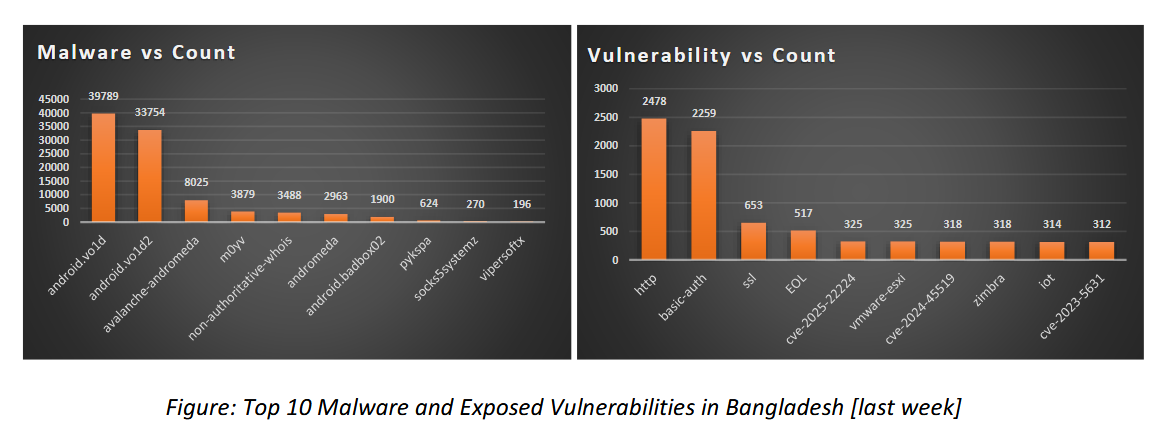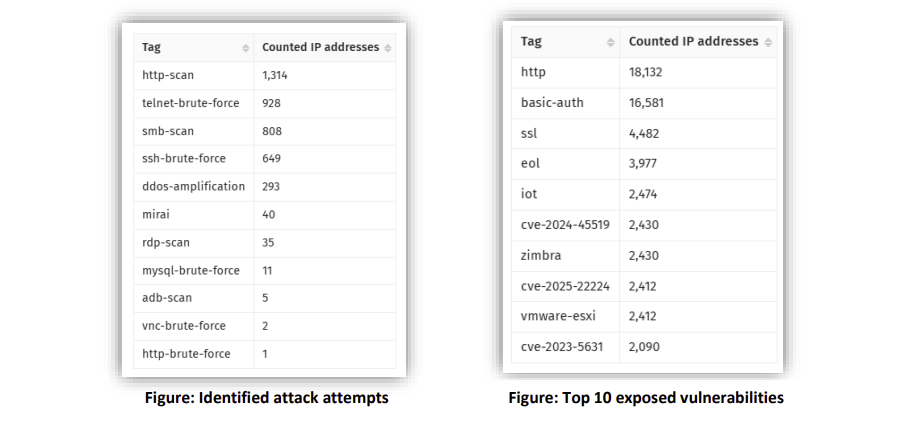A Vulnerability in Adobe Flash Player Could Allow for Arbitrary Code Execution (APSB20-58)
by CIRT Team
DESCRIPTION
A vulnerability has been discovered in Adobe Flash Player, which could allow for arbitrary code execution. Adobe Flash Player is a widely distributed multimedia and application player used to enhance the user experience when visiting web pages or reading email messages. Successful exploitation of this vulnerability could result in an attacker executing arbitrary code in the context of the affected application. Depending on the privileges associated with this application, an attacker could then install programs; view, change, or delete data; or create new accounts with full user rights. If this application has been configured to have fewer user rights on the system, exploitation of this vulnerability could have less impact than if it was configured with administrative rights.
IMPACT
A NULL Pointer Dereference vulnerability was discovered in Adobe Flash Player, which could allow for arbitrary code execution. Successful exploitation of this vulnerability could result in the attacker gaining control of the affected system. Depending on the privileges associated with the user, an attacker could then install programs; view, change, or delete data; or create new accounts with full user rights. If this application has been configured to have fewer user rights on the system, exploitation of this vulnerability could have less impact than if it was configured with administrative rights.
SYSTEM AFFECTED
• Adobe Flash Player Desktop Runtime for Windows and macOS versions prior to 32.0.0.433
• Adobe Flash Player Desktop Runtime for Linux versions prior to 32.0.0.433
• Adobe Flash Player for Google Chrome for Windows, macOS, Linux and Chrome OS versions prior to 32.0.0.433
• Adobe Flash Player for Microsoft Edge and Internet Explorer 11 for Windows 10 and 8.1 versions prior to 32.0.0.387
RECOMMENDATIONS
Following actions are recommended to be taken:
• Install the updates provided by Adobe immediately after appropriate testing.
• Run all software as a non-privileged user (one without administrative privileges) to diminish the effects of a successful attack.
• Remind users not to visit websites or follow links provided by unknown or untrusted sources.
• Inform and educate users regarding the threats posed by hypertext links contained in emails or attachments especially from un-trusted sources.
• Apply the Principle of Least Privilege to all systems and services.
REFERENCES
- https://helpx.adobe.com/security/products/flash-player/apsb20-58.html
- https://cve.mitre.org/cgi-bin/cvename.cgi?name=CVE-2020-9746
- https://www.cisecurity.org/advisory/a-vulnerability-in-adobe-flash-player-could-allow-for-arbitrary-code-execution-apsb20-58_2020-139/











